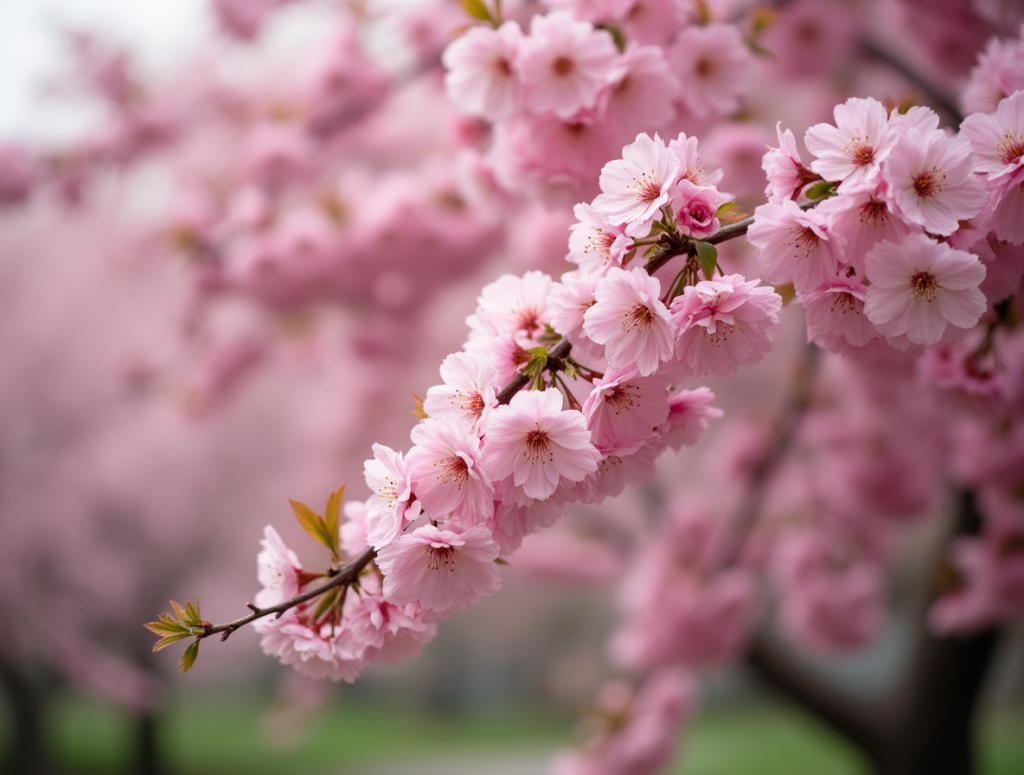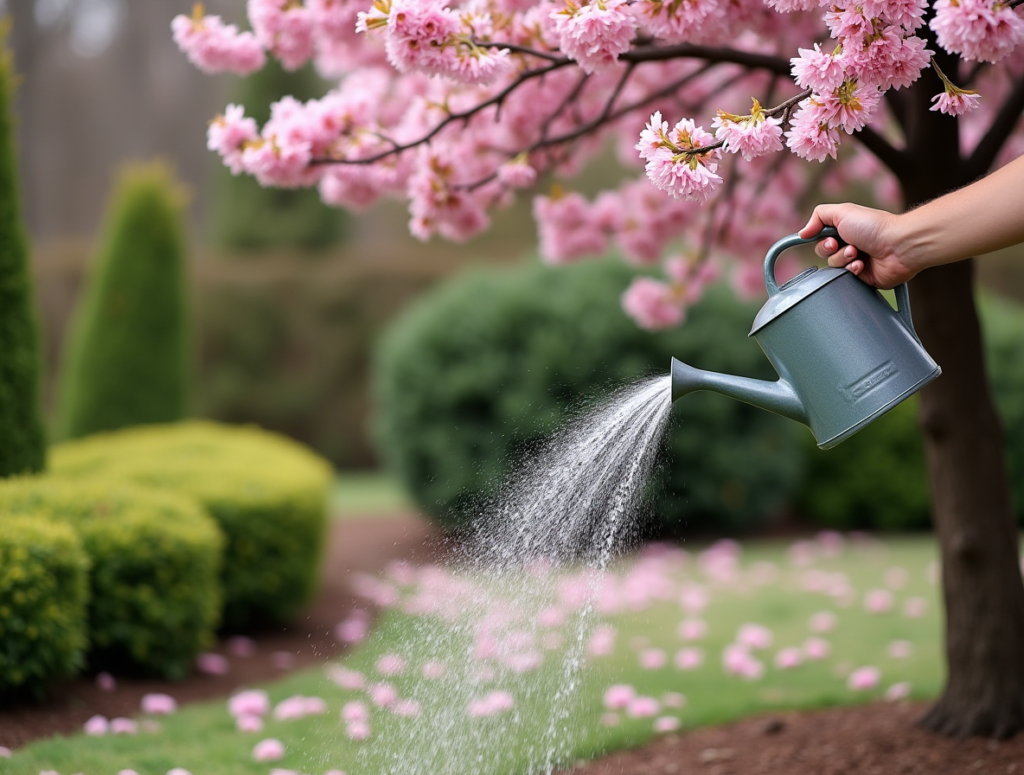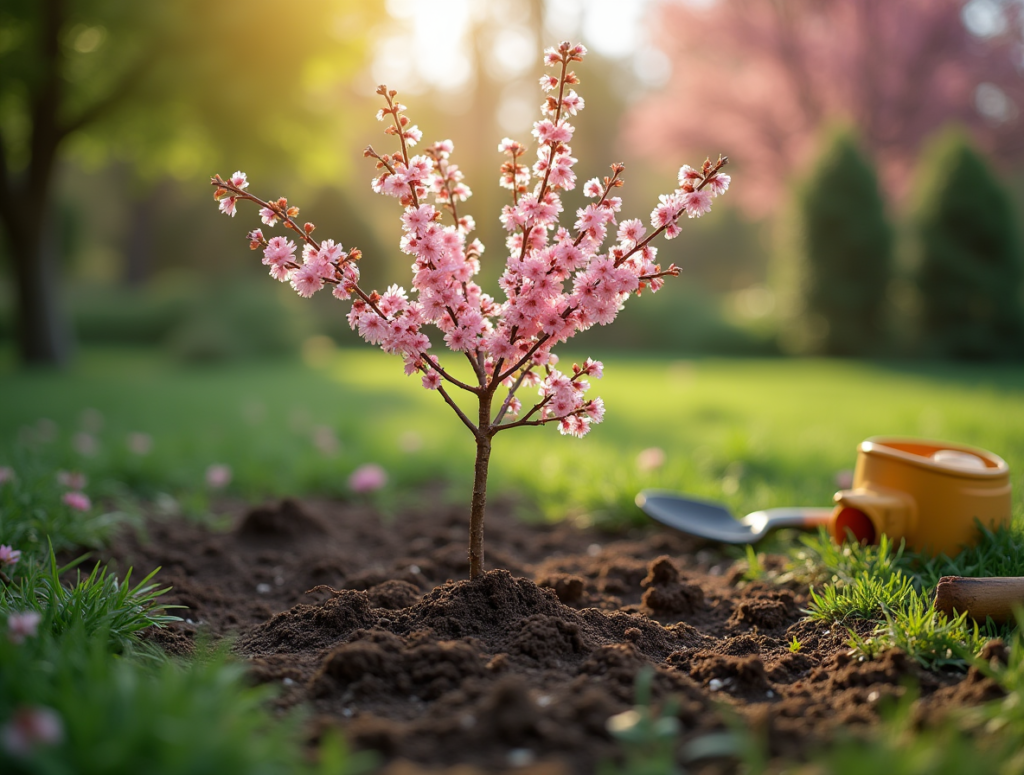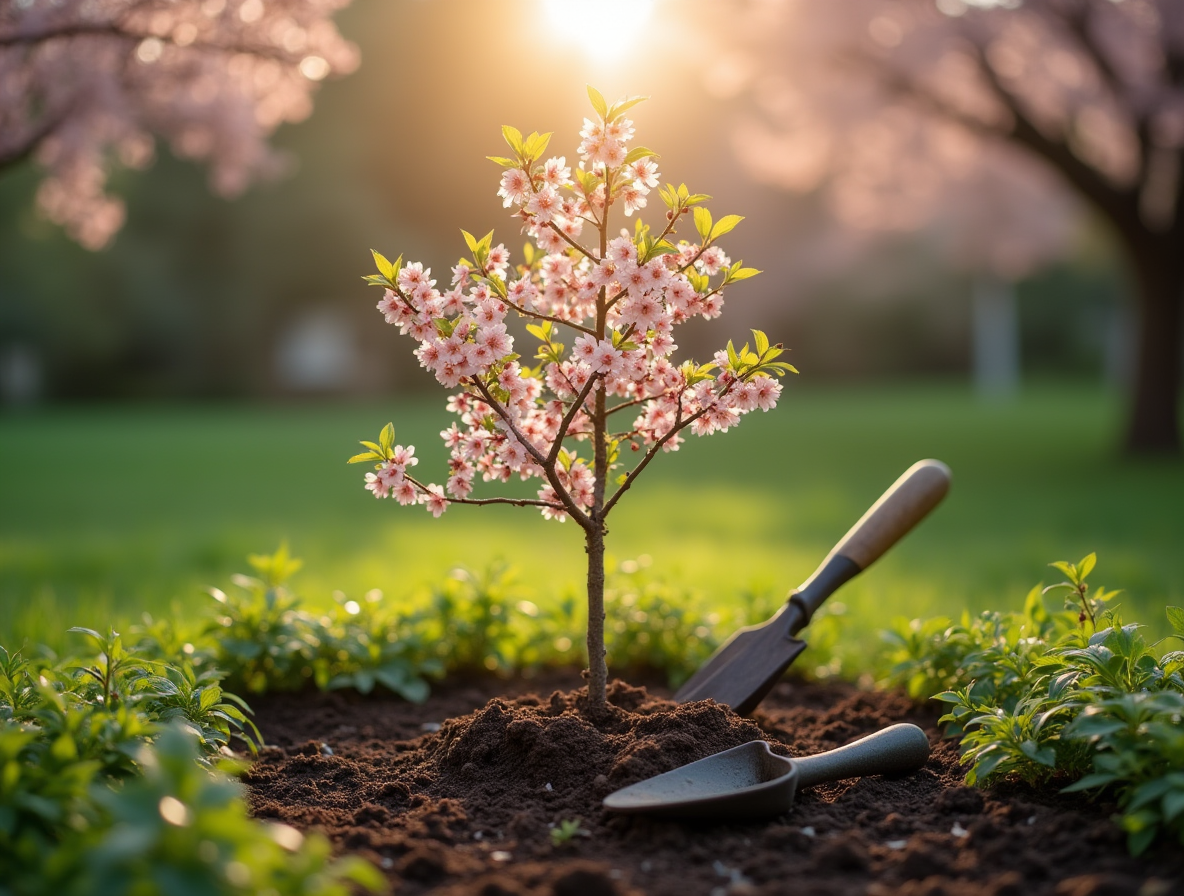Implementing Weeping Cherry Tree into your garden can create an idyllic outdoor retreat, complete with cascading branches and delicate pink blossoms that become its focus. Here we cover everything you need to know to grow and care for this ornamental tree.

Understanding Weeping Cherry Trees
What is a Weeping Cherry Tree?
Weeping Cherry Trees (sometimes known as Higan cherries) are deciduous ornamental trees popularly cherished for their elegantly arching branches and beautiful pink or white spring blooms, scientifically known as Prunus pendula. Grafting techniques enable Higan cherries to combine the best qualities from both rootsstocks into spectacular feature trees for any garden setting.
Why Choose a Weeping Cherry Tree for Your Garden?
A Weeping Cherry Tree adds year-round charm. In springtime, its branches burst with blooms that attract pollinators while their cascading form adds beauty even after their flowers have withered away. Beyond aesthetics alone, Weeping Cherry Trees support biodiversity in your garden by encouraging various lifeforms to thrive within it.
Ideal Growing Conditions
The Weeping Cherry Tree can thrive in USDA hardiness zones 5-8 and prefers full sun. Full exposure not only increases blooming potential but can reduce fungal diseases too! While tolerating moderate temperature changes well, its best growth comes in areas with moderate climate conditions.
Planting and Soil Requirements
Choosing the Right Location
When planting a Weeping Cherry Tree, select a spot with ample sunlight and good airflow. Avoid placing it too close to other trees or shrubs to prevent overcrowding, which can hinder growth and increase the risk of disease.
Preparing the Soil
A Weeping Cherry Tree thrives best in rich garden loam with an ideal pH range between 6.0 to 7.0 for ideal growing conditions. Heavy soils should be amended with organic matter to improve drainage and lessen root rot risk.
Step-by-Step Planting Guide
- Timing: Plant your Higan cherries in early spring or fall for the best results.
- Digging the Hole: Ensure the hole is twice as wide and slightly deeper than the tree’s root ball.
- Positioning the Tree: Place the tree in the hole, ensuring the graft union remains above the soil line.
- Watering: Backfill the hole with soil, tamp down gently, and water thoroughly to settle the roots.

Caring for Your Weeping Cherry Tree
Watering Requirements
Young trees in particular must maintain even moisture throughout their first growing seasons to avoid root rot issues that arise from overwatering, while an optimally watered Higan cherries will reward its owner with vibrant blooms and lush leaves.
Fertilizing Tips
Use a balanced fertilizer early each spring to feed your Weeping Cherry Tree, following label instructions carefully so as to not overfertilize and damage its roots. A single annual dose usually suffices for healthy development of this variety.
Seasonal Care Tips
- Spring: Focus on watering and fertilizing to encourage growth and flowering.
- Summer: Monitor soil moisture and mulch around the base to retain moisture.
- Winter: Minimal care is needed, as the tree is hardy down to Zone 5.
Pruning and Maintenance
Pruning for Shape and Health
Regular pruning of Weeping Cherry Trees is key to their beauty. Dead or diseased branches should be immediately pruned off, while suckers from its rootstock must also be reduced or pruned back as these detract from its appearance.
Encouraging Healthy Growth
Selective pruning after flowering season helps improve airflow and decrease risk for fungal diseases like powdery mildew. This ensures your tree remains vibrant and healthy.
Common Issues and How to Fix Them
- Wilting Leaves: Wilting leaves are often an indicator of underwatering; to maintain optimal soil moisture conditions.
- Root Rot: To avoid overwatering and ensure effective soil drainage.
Common Pests, Diseases, and Solutions
Protecting Against Borers
Borers Can Damage Weeping Cherry Trees Borers are a common pest that can compromise Higan cherries trunk. Signs include sap leakage and wilted branches. Regular inspection is important; apply insecticide if necessary.
Preventing Fungal Diseases
To combat powdery mildew and other fungal issues:
- Water the base of the tree rather than the leaves.
- Prune to improve airflow.
- Remove and dispose of diseased leaves to prevent spreading.
General Troubleshooting
For general tree troubleshooting purposes, observe for signs of stress such as poor blooming or weak growth and address any root-causes such as nutritional deficiency or inadequate watering.

Closing Section: Final Tips for a Thriving Weeping Cherry Tree
Weeping Cherry Tree make stunning additions to any garden, providing unsurpassed elegance. By providing ideal conditions and care regularly as well as paying close attention to potential issues, they will continue displaying stunning blooms for many years – whether planting new or maintaining existing. Here are a few key pointers on maintaining and planting Weeping Cherry Tree successfully!
Take advantage of this tree’s charm and peace, and transform your garden into an exquisite retreat.




